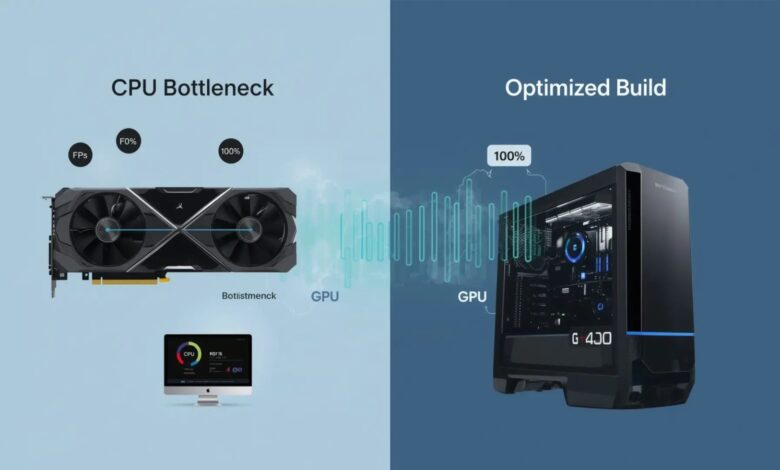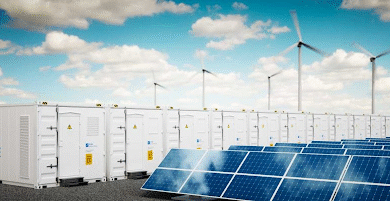Upgraded Your GPU But Still Getting Low FPS? This Might Be Why

You bought a new graphics card. The specs looked great, you were expecting smooth gameplay — but the results are underwhelming. Stuttering, low FPS, or a game that just doesn’t feel “right.”
If you’re reading Reddit threads and scratching your head, you’re not alone. A lot of gamers run into this issue after upgrading their system, especially the graphics card. But when the performance still isn’t right, the cause is often overlooked. It’s not always the GPU — it’s a bottleneck, where one part of your PC is holding the rest back.
This is where using a bottleneck calculator can help. It takes the guesswork out by showing you exactly which component — CPU or GPU — is the limiting factor in your setup.
What Is a PC Bottleneck?
A bottleneck happens when one component (usually the CPU or GPU) is working harder than the other — and as a result, your system’s overall performance is limited.
Say you’re playing a demanding game at 1080p. If your CPU isn’t strong enough to keep up with your GPU, your graphics card will sit underused. It doesn’t matter how powerful it is — it can only go as fast as your processor allows.
And it goes both ways. A weak GPU can also limit your system, especially at higher resolutions like 4K.
Real Signs You’re Dealing With a Bottleneck
This isn’t about benchmark charts — this is about what you actually experience. Here’s how bottlenecks often show up:
- You upgraded your GPU, but your FPS barely changed.
- Your CPU usage is always maxed out, even in less demanding games.
- Your GPU seems to be “bored” — stuck at 60–70% usage.
- Games stutter or feel choppy during intense scenes or multitasking.
In most cases, this happens when a powerful GPU is paired with an older or entry-level CPU. You might see this with setups like an RTX 4070 + i5-9400F or a Ryzen 7600 + GTX 1660.
🤔 Is a Bottleneck Always a Problem?
This comes up all the time on Reddit:
“I have a 10% bottleneck — is that bad?”
Not always. If you’re just gaming at 60Hz and everything feels fine, it might not matter. But if you’re going for 144Hz, competitive FPS, or you’re streaming while gaming — that 10% could be the reason things don’t feel smooth.
Some bottlenecks can be worked around by adjusting settings or closing background apps. But others — especially with older CPUs — are only fixable with an upgrade.
Before You Spend Another Dollar…
It’s easy to assume that throwing more money at your PC — a better GPU, a newer CPU, more RAM — will fix the problem. But if your components aren’t balanced, you might just end up frustrated again.
The smarter move? Figure out where the actual bottleneck is before upgrading anything.
You don’t need to dig through hours of forums or guess based on task manager numbers. There are simple tools that can show you how your CPU and GPU interact at different resolutions, and which one is holding your system back. One such tool is PC bottleneck calculator, which lets you input your specs and instantly see if there’s a mismatch.
It’s not about buying more — it’s about buying right.
Understanding what’s slowing you down will help you upgrade efficiently, whether you’re trying to hit 144 FPS, stream smoothly, or just get more value from your build.




